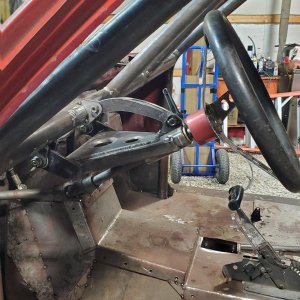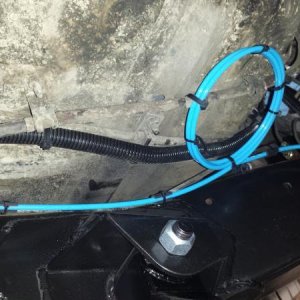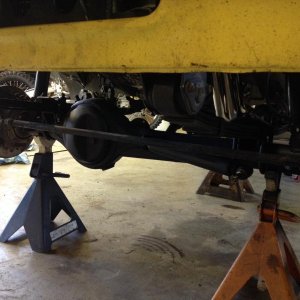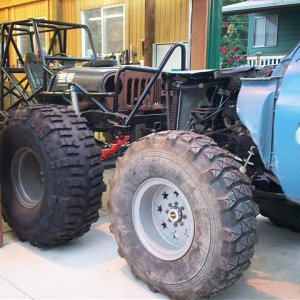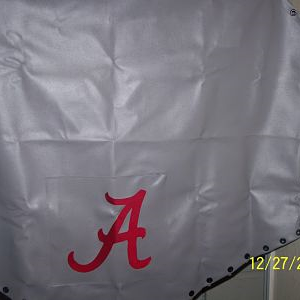Dear Lone Watie;
To the best of my knowledge, all vehicle manufacturers rate the output of the alternator according to it's MAXIMUM power output. Please note that this output can be at any given RPM range, which is usually the vehicle's normal operating RPM range.
Most modern alternators can achieve their max rated output at a relatively low RPM, which is usually around 1,500 RPMs at the alternator shaft, and NOT the crankshaft. At what RPM an alternator achieves it's max output is wholly dependent upon the size of the alternator's pulley. This is in comparison to the generators of yesterday, which seldom reached their peak output as the RPMs required for such a feat were simply too great. This is an advantage of an using an alternator over a generator.
Also, please note that a high output alternator does nothing more than restore a vehicle's battery/batteries at a faster rate. While this might sound like a good thing, in all reality what it does is shortens the life of the vehicle's battery/batteries.
Also, a high output alternator is a power robber. It takes power to make power and in the case of vehicle alternators, that power must come from the engine. A 200 amp alternator works all of the time and it takes twice as much power to spin a a 200 amp alternator as it does to spin a 100 amp alternator.
This is not so bad for a V-8 motor as they are well equipped to handle an entire array of power robbing accessories, but when a person installs a 200 amp alternator on a 4 banger, the difference can be noticed in reduced performance and increased fuel consumption.
Your friend;
LAMAR

